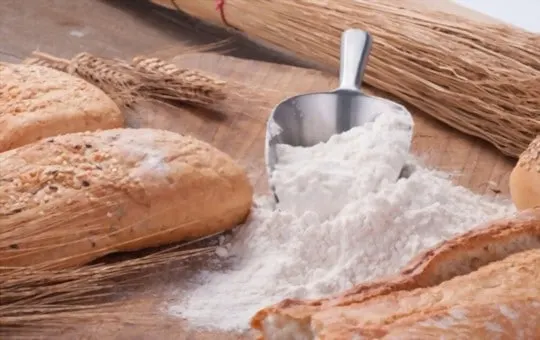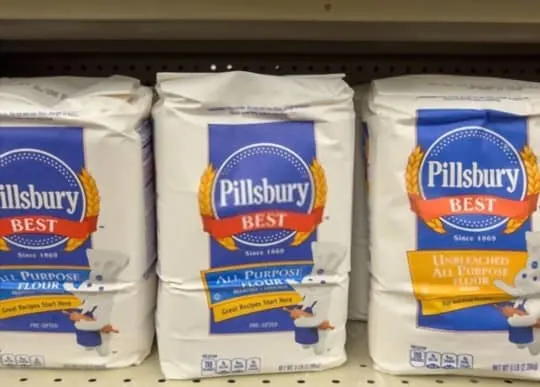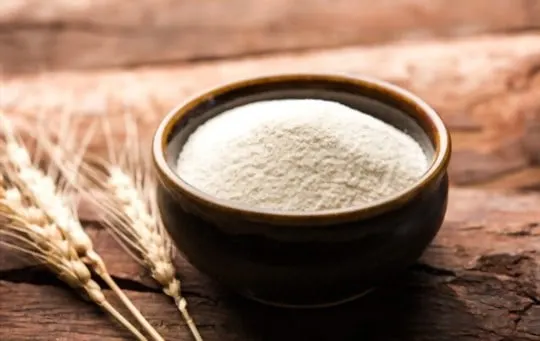Baking’s the name of the game, and today, we’re spicing things up a notch.
Ever been ready to whip up your grandma’s legendary bread recipe, only to find the bread flour tin glaring back at you, empty?
Yup, we’ve been there too. It’s like setting up for a movie night and the remote’s nowhere to be found.
Total buzzkill. But guess what?
We’ve got some tricks up our sleeve that’ll save your baking day. No bread flour? No problem!
We’re about to reveal three brilliant substitutes that’ll get you back on the baking track in no time.
Stick around, because your kitchen’s about to turn into flavor town.

The 3 Best Substitutes for Bread Flour
For many people, the thought of baking bread conjures images of long hours spent painstakingly measuring flour, kneading dough, and waiting for it to rise.
But what if you don’t have bread flour on hand? Can you make do with another type of flour?
The answer is yes.
While bread flour is ideal for baking bread, several substitutes will work in a pinch.
Here are three of the best substitutes for bread flour:
1 – All-Purpose Flour

All-purpose flour is a type of flour that can be used for many different recipes.
It is made from a blend of different kinds of wheat and has a higher gluten content than other types of flour.
This makes it ideal for recipes that require much rising, such as bread and cakes.
However, all-purpose flour can also be used for other recipes, such as cookies and pies.
The main difference between all-purpose flour and bread flour is the protein content.
Bread flour has more protein, which gives it a higher gluten content.
This makes bread flour better for recipes that require much rising.
However, all-purpose flour can be used in place of bread flour in most recipes.
So if you’re in a pinch and don’t have any bread flour on hand, don’t worry.
All-purpose flour will do the trick.
2 – Semolina Flour

Semolina flour is a type of wheat flour that is made from durum wheat.
It has a high protein content and is used in many traditional bread, pasta, and cereals.
While it can be used in any recipe that calls for wheat flour, semolina flour has a distinctively coarse texture that sets it apart from other types of flour.
When baking with semolina flour, it is important to adjust the recipe accordingly.
For example, you may need to use less semolina flour than bread flour, as the semolina will absorb more moisture from the dough.
Additionally, semolina flour is not as glutenous as bread flour, so it is not recommended for recipes that require much rising or kneading.
3 – Self-rising Flour

Self-rising flour is a type of flour that contains baking powder and salt.
It is often used to make quick bread, biscuits, and pancakes.
While self-rising flour can be a convenient option for baking, it is not always the best choice.
The baking powder in self-rising flour can cause the finished product to be dense and dry.
Additionally, the salt content can make baked goods taste too salty.
For best results, it is often better to use bread flour or all-purpose flour.
However, if you do choose to use self-rising flour, be sure to reduce the amount of baking powder and salt in the recipe.

Leave a comment